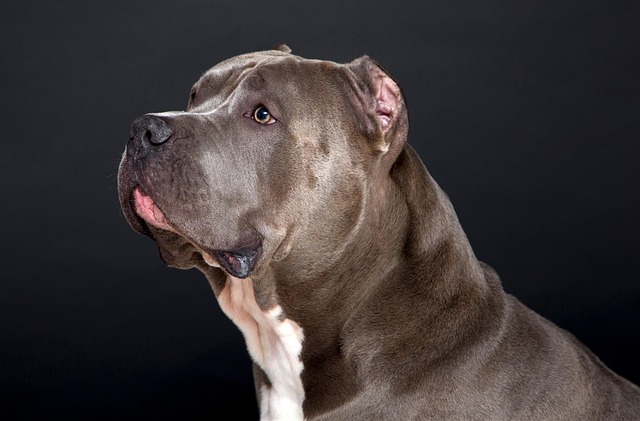
How do i train my dog to be obedient?
Watching your dog dart across the park ignoring your calls isn’t just frustrating—it can put them at risk near busy streets or public spaces.
A sudden snap or a hard bite from a dog—whether your own or a stranger’s—can be terrifying. Aggressive biting often stems from fear, territoriality, or pain, not malice, but that doesn’t make it any less dangerous. Knowing how to de-escalate the situation and address the root cause is key to keeping both you and the dog safe.
First, when a dog shows signs of aggression—raised hackles, a stiff body, growling—stop moving. Sudden gestures or running can trigger their prey drive, making them more likely to lunge. Instead, stand still, avoid direct eye contact (which they might see as a challenge), and let them sniff your closed hand slowly. This helps them calm down and recognize you’re not a threat, a technique trainers in places like Austria and Canada swear by for diffusing tense moments.
Consistent training is critical for long-term change. Positive reinforcement, like rewarding calm behavior with treats or praise, works better than punishment. For example, if your dog snaps when you reach for their food bowl, practice hand-feeding small bites to build trust—over time, they’ll learn your hands mean good things, not danger. In the UK, the Dangerous Dogs Act requires owners to take responsibility for their pet’s behavior, and proper training is often mandated if a dog shows aggression.
 Understanding the “why” behind the bite matters. A dog in pain, say from a sprained paw, might lash out when touched. In these cases, a vet check is non-negotiable. Across the EU, animal welfare laws require owners to address health issues promptly, as untreated pain can turn even gentle dogs defensive. Similarly, puppies teething need appropriate chew toys to redirect their urge to bite—something breeders in the US often emphasize to new owners.
Understanding the “why” behind the bite matters. A dog in pain, say from a sprained paw, might lash out when touched. In these cases, a vet check is non-negotiable. Across the EU, animal welfare laws require owners to address health issues promptly, as untreated pain can turn even gentle dogs defensive. Similarly, puppies teething need appropriate chew toys to redirect their urge to bite—something breeders in the US often emphasize to new owners.
Socialization plays a huge role, too. A dog that’s never been around children or other pets might react aggressively out of fear. Gradual exposure, like letting a nervous rescue dog watch kids play from a distance, can build confidence. In countries like Sweden, where dogs are often part of public life, puppy socialization classes are widely available and even encouraged by local authorities to prevent future behavioral issues.
If aggression persists, don’t hesitate to call a certified behaviorist. These professionals can create a tailored plan, whether your dog guards their bed or reacts to strangers at the door. In Australia, for instance, many councils offer referrals to accredited trainers, as part of their commitment to public safety. Remember, seeking help isn’t a failure—it’s a sign you’re committed to being a responsible owner.
Stopping aggressive biting takes patience, empathy, and a willingness to learn your dog’s triggers. By addressing the cause, staying consistent with training, and knowing when to ask for help, you can help your furry friend feel secure—and keep everyone around them safe.

Watching your dog dart across the park ignoring your calls isn’t just frustrating—it can put them at risk near busy streets or public spaces.

New puppy owners often find themselves rushing to clean up accidents before they set in, and that’s where puppy pad training becomes a game-changer.

If you've noticed your dog's waistline disappearing and your veterinarian has mentioned those few extra pounds, your first instinct might be to simply reduce the amount of food in their bowl.

Training a dog to use a designated spot indoors isn’t as daunting as many new owners fear, but it does take consistency and an understanding of your pet’s needs.

That moment of dread on a walk is all too familiar for many new dog owners. You see another dog approaching down the sidewalk of your neighborhood

If the sight of another dog on your neighborhood walk makes your heart sink as your own dog erupts into a frenzy of barking and lunging, you're not alone.